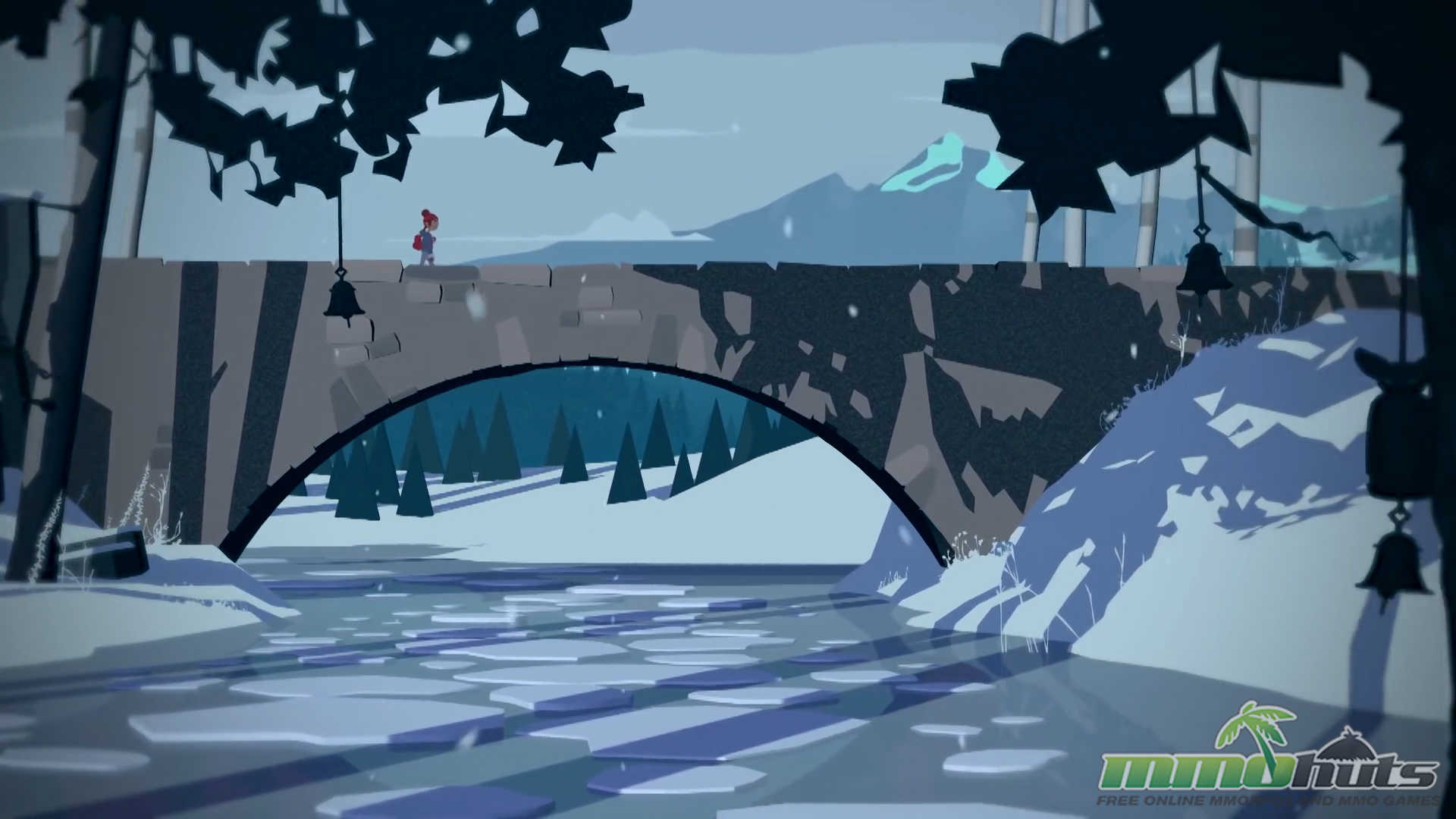

Research on rocky shores began with a phase describing patterns of distribution and abundance. Rocks alter the impacts of wave action, leading to small-scale variability in physical conditions. Macroalgae are prominent and in situ primary production is high. Escape by burrowing may not be impossible, but is limited to a small suite of creatures capable of drilling into rock. On rocky shores, by contrast, the physical substrate is by definition hard and stable. Physical conditions are relatively uniform because waves shape the substrate. Most of the fauna relies on imported food because macroalgae cannot attach in the shifting sands, and primary production is low. Organisms can burrow to escape physical stresses and predation, but experience continual turnover of the substrate by waves. On sandy shores, the substrate is shifting and unstable. Rocky shores are a strong contrast with sandy beaches. Because of these features, experimental tests of concepts have become a feature of rocky-shore studies, and the critical approach encouraged by scientists such as Tony Underwood has fostered rigor in marine research as a whole. Most of the organisms are easily visible, occur at high densities, and are relatively small and sessile or sedentary. This intensifies patterns of distribution and abundance, making them readily observable. Because intertidal shores form a narrow band fringing the coast, the gradient between marine and terrestrial conditions is sharp, with abrupt changes in physical conditions. Intertidal rocky shores have been described as ‘superb natural laboratories’ and a ‘cauldron of scientific ferment’ because a rich array of concepts has arisen from their study. Branch, in Encyclopedia of Ocean Sciences, 2001 Introduction


 0 kommentar(er)
0 kommentar(er)
